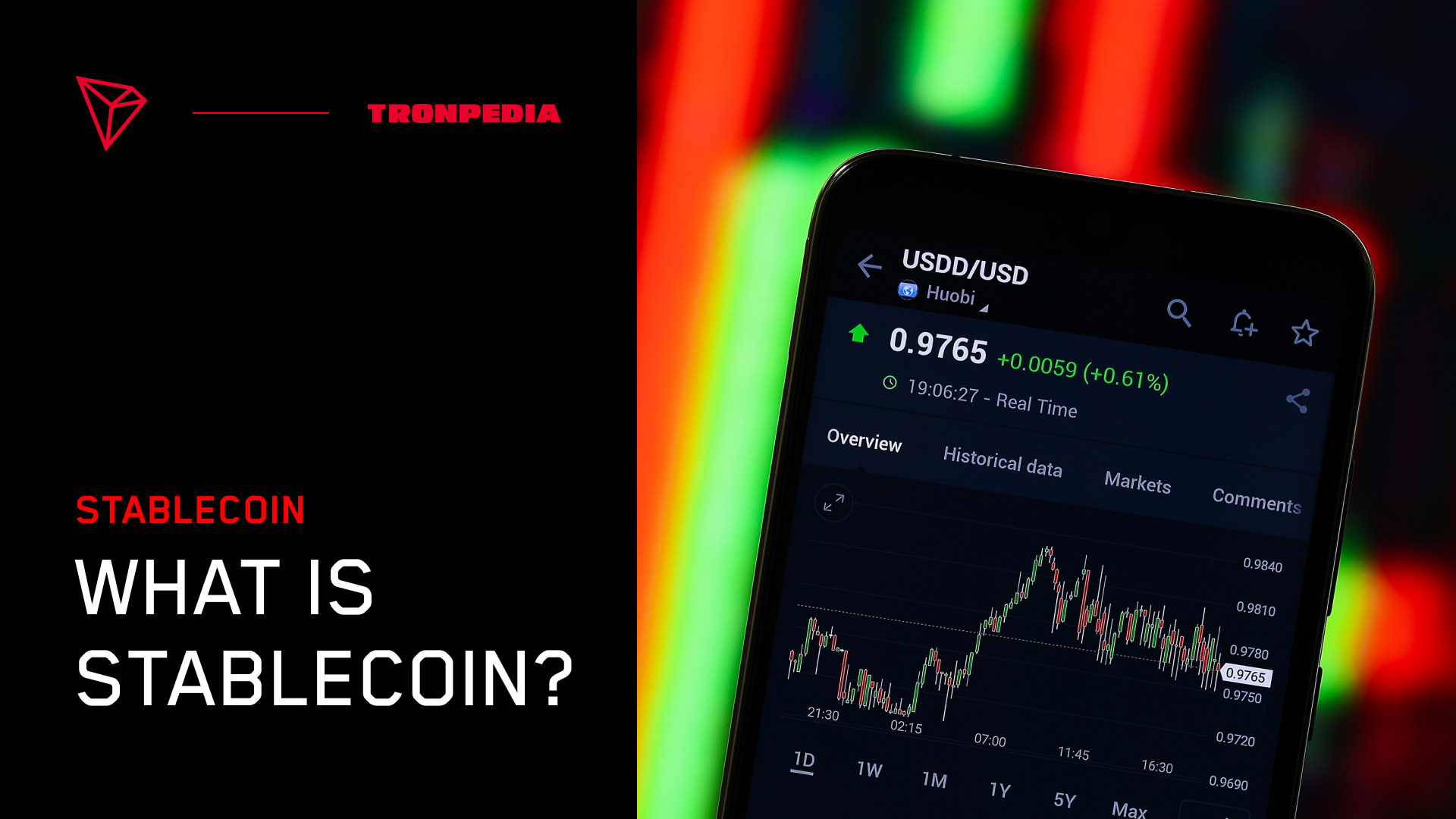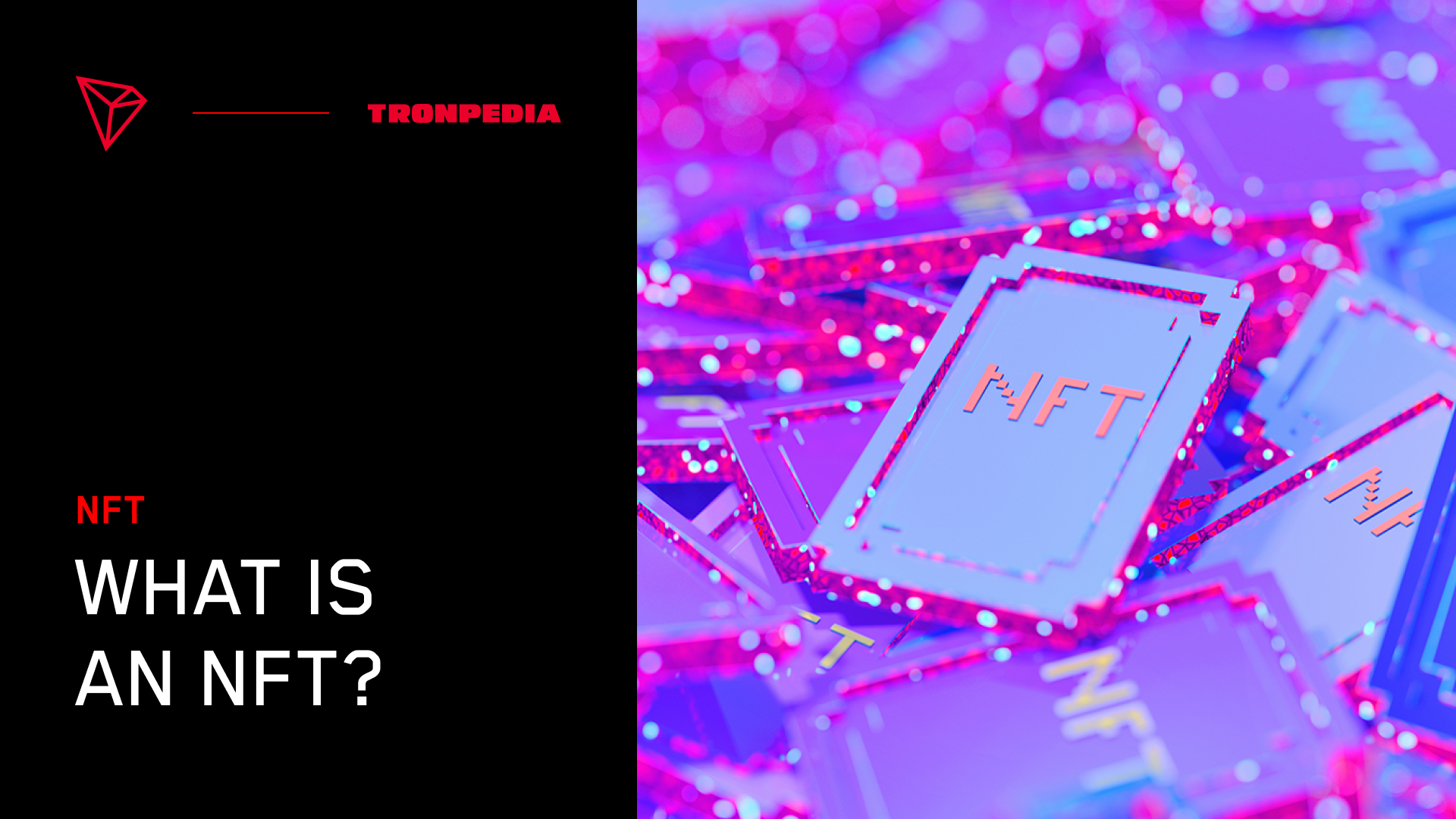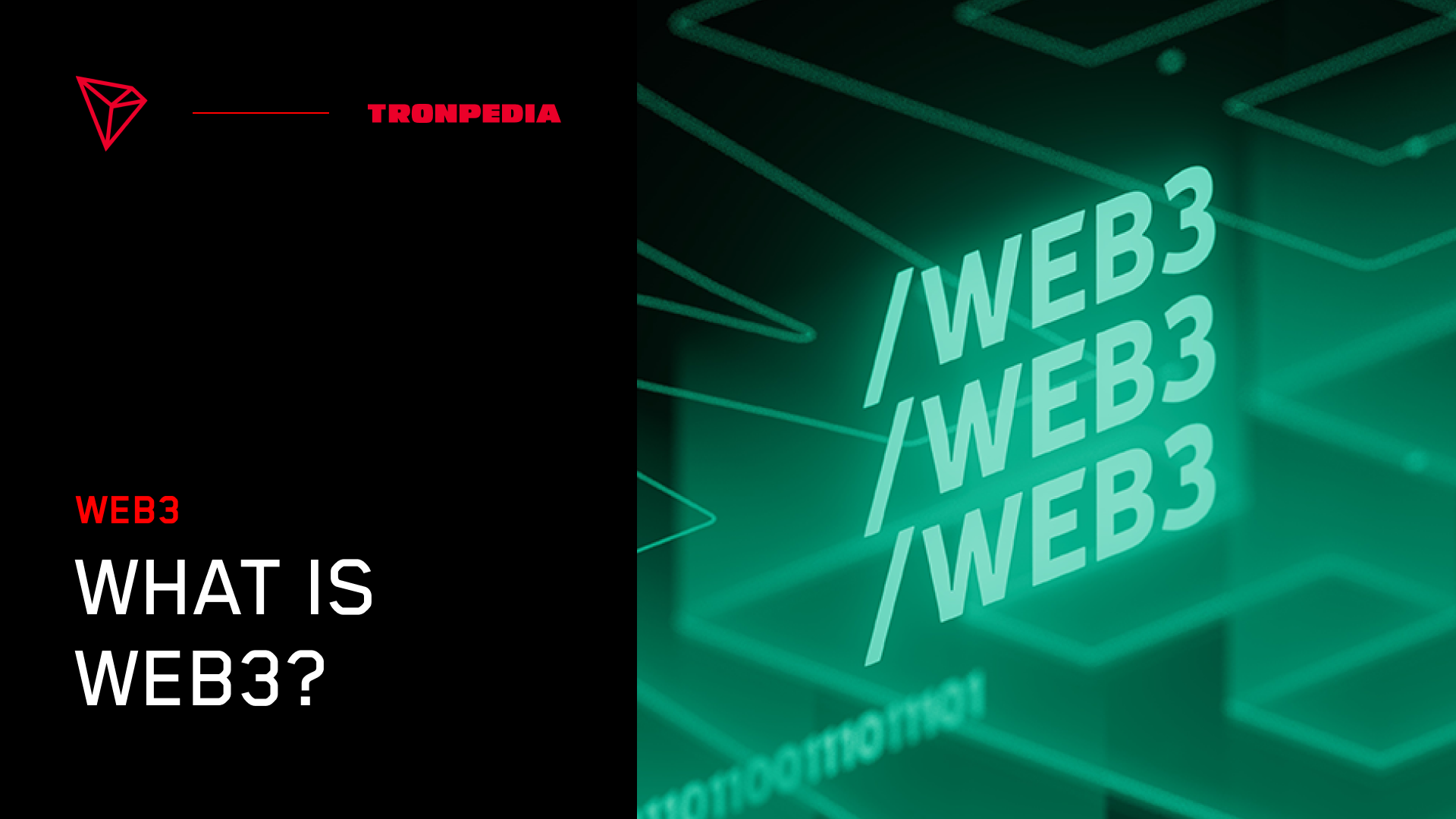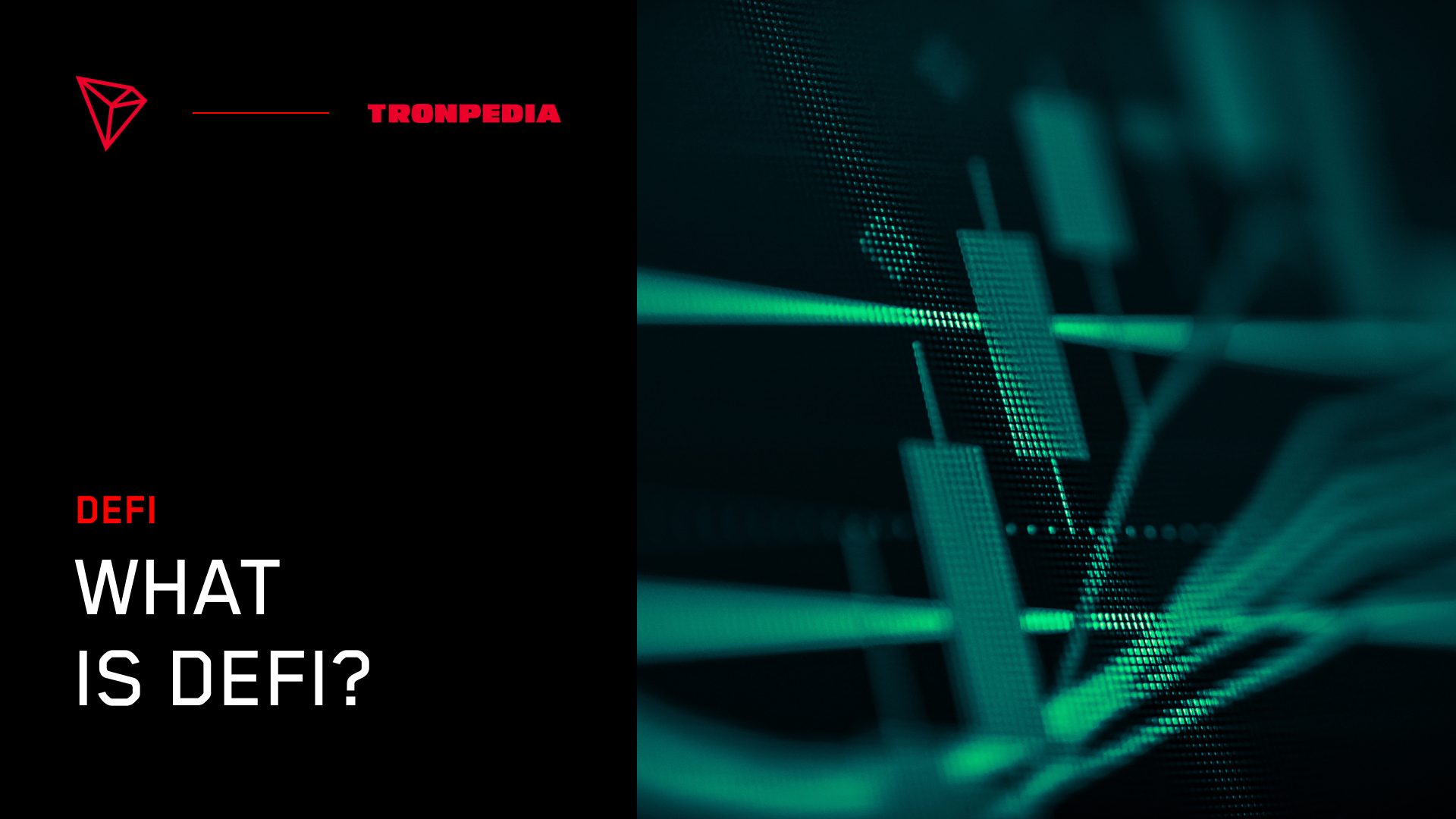A consensus mechanism is a process used to achieve agreement on a single data value or a single sequence of events amongst distributed processes or systems. The underlying principle is that all participants in the system agree on the validity of the data or sequence of events. Consensus mechanisms are important in cryptocurrencies such as Bitcoin, as they ensure that all participants have a copy of the same ledger and that there is no need for a central authority to manage the ledger. Bitcoin uses a Proof-of-Work consensus mechanism, which requires miners to solve complex mathematical problems in order to add new blocks of transactions to the blockchain. Other cryptocurrencies, such as Ethereum, use different consensus mechanisms, such as Proof-of-Stake, which does not require miners to solve complex mathematical problems. Rather, it relies on users who stake their own crypto-currency to validate new transactions.
What is Proof-of-Work?
In computer science, proof-of-work is a system that can be used to deter denial of service attacks and other service abuses such as spam on a network by requiring some work from the service requester, usually in the form of a solution to a computationally difficult problem.
The original motivation for introducing proof-of-work was to prevent email spam, but it has been used in a variety of other systems since then. In the case of bitcoin, miners compete to find solutions to a computationally difficult problem in order to validate transactions and add new blocks to the blockchain. The first miner to find a solution to the problem gets to add the next block and receives a reward of newly minted bitcoins. As more miners join the network, the difficulty of the problem increases so that it remains roughly constant regardless of how many miners there are. This system ensures that new blocks are added to the blockchain at a regular pace and that everyone has an incentive to continue mining even when the rewards are small.
Proof-of-work has been criticized for using up a lot of energy, but it remains one of the most popular methods for securing networks. While there are alternatives being proposed, it is unclear whether they will be able to provide the same level of security as proof-of-work. Only time will tell whether proof-of-work can continue to be an effective security measure or if it will eventually be replaced by something else.
What is a 51% Attack?
A 51% attack is a potential attack on a blockchain network in which an attacker or group of attackers gain control of more than 50% of the network's mining power. This allows the attacker to double-spend coins, prevent other transactions from being confirmed, and eventually reverse transactions that have already been completed. While a 51% attack is often considered to be very unlikely, it is a real threat that has been successfully carried out on smaller cryptocurrency networks in the past.
One of the biggest concerns around cryptocurrencies is that the concentration of mining power in a few large miners could lead to a 51% attack. However, the decentralization of Bitcoin means that no single miner or group of miners can control more than 50% of the network. This makes a 51% attack very difficult, if not impossible, to carry out.
While a 51% attack on Bitcoin is unlikely, it is still possible on smaller crypto-currency networks. For example, in 2014, an attacker was able to control more than 50% of the Dogecoin network for a brief period of time and used this control to reverse transactions and double-spend coins. The incident highlighted the need for decentralization in crypto-currency networks and led to changes in the way Dogecoin is mined.
Since then, there have been no successful 51% attacks on any major crypto-currency network. However, the possibility of such an attack remains a real concern and miners are constantly working to ensure that their networks are secure.
What is Proof-of-Stake?
In essence, proof-of-stake (PoS) allows cryptocurrency users to "stake" their coins in order to validate transactions on the blockchain. The more coins you stake, the more likely you are to be chosen as the next "block validator." When you validate a block, you earn rewards in the form of newly minted coins. In this way, PoS incentivizes users to hold onto their coins and play an active role in maintaining the network.
The main advantage of proof-of-stake over proof-of-work is that it is much more energy efficient, as there is no need for miners to solve complex mathematical problems in order to validate transactions. This makes proof-of-stake a more environmentally friendly option than proof-of-work. In addition, proof-of-stake is less susceptible to 51% attacks than proof-of-work, as it would be very expensive for an attacker to amass enough stake to gain control of the network.
Proof-of-stake has been criticized for being potentially vulnerable to nothing at stake attacks, in which users are able to mine multiple cryptocurrencies simultaneously and therefore have no incentive to act in the best interest of any one particular coin. However, this problem can be mitigated by implementing protocols that prevent users from mining multiple coins simultaneously.
While PoS still has some challenges to overcome, it is nevertheless an intriguing solution that could one day play a major role in the cryptocurrency landscape.
What is a Sybil Attack?
A Sybil attack is an attack in which a malicious user creates multiple fake identities in order to gain an unfairly large amount of influence within a network. This allows the attacker to control the network by having a majority of votes, or to disrupt the network by flooding it with requests.
The name "Sybil" comes from the book Sybil, in which a woman suffering from dissociative identity disorder creates multiple personalities in order to cope with her trauma.
The most common type of Sybil attack is a 51% attack, in which an attacker controls more than 50% of the network's mining power. This allows the attacker to double-spend coins, or to prevent legitimate transactions from being confirmed.
Sybil attacks can be prevented by using a decentralized identity system such as Namecoin, in which each user has a unique identifier that is registered on the blockchain. This makes it difficult for attackers to create multiple fake identities without being detected.
What is Delegated Proof of Stake?
Delegated proof of stake (DPoS) is a type of consensus mechanism that is used to secure networks such as TRON and EOS. In DPoS, users vote for "witnesses" who play the role of block validators. The top witnesses are chosen to validate blocks and earn rewards in the form of newly minted coins.
DPOS was designed to address some of the shortcomings of proof-of-work and proof-of-stake, such as energy inefficiency and centralization. By allowing users to delegate their voting power to witnesses, DPoS enables a more democratic and decentralized form of decision-making than traditional proof-of-work or proof-of-stake systems.
While DPoS is a promising solution, it is not without its critics. Some have raised concerns that DPoS could lead to the creation of "whales" who control large amounts of voting power and could therefore manipulate the system for their own benefit. Others have criticized DPoS for being too complex and opaque, making it difficult for average users to understand how it works.
What are Other Popular Consensus Mechanisms?
Proof of Authority (PoA) is a type of consensus mechanism that is used to secure networks such as Ethereum's testnet. In PoA, users are selected to become "validators" based on their identity and reputation. Validators play the role of block validators and earn rewards in the form of newly minted coins.
Proof of Elapsed Time (PoET) is a type of consensus mechanism that is used to secure networks such as Hyperledger Sawtooth. In PoET, users are selected to become "validators" based on the amount of time they have been waiting. Validators play the role of block validators and earn rewards in the form of newly minted coins.
Proof of History (PoH) is a type of consensus mechanism that is used to secure networks such as IOTA. In PoH, users are selected to become "validators" based on the timestamp of their last transaction. Validators play the role of block validators and earn rewards in the form of newly minted coins.
Proof of Developer (PoD) is a type of consensus mechanism that is used to secure networks such as Cardano. In PoD, users are selected to become "validators" based on their ability to code. Validators play the role of block validators and earn rewards in the form of newly minted coins.
Proof of Replication (PoR) is a type of consensus mechanism that is used to secure networks such as Filecoin. In PoR, users are selected to become "validators" based on their ability to replicate data. Validators play the role of block validators and earn rewards in the form of newly minted coins.
There are a variety of different consensus mechanisms that have been proposed and implemented in the cryptocurrency space. Each has its own advantages and disadvantages, and it is still unclear which mechanism will ultimately prevail. What is certain, however, is that consensus mechanisms will continue to evolve and change as the cryptocurrency landscape evolves and changes.




